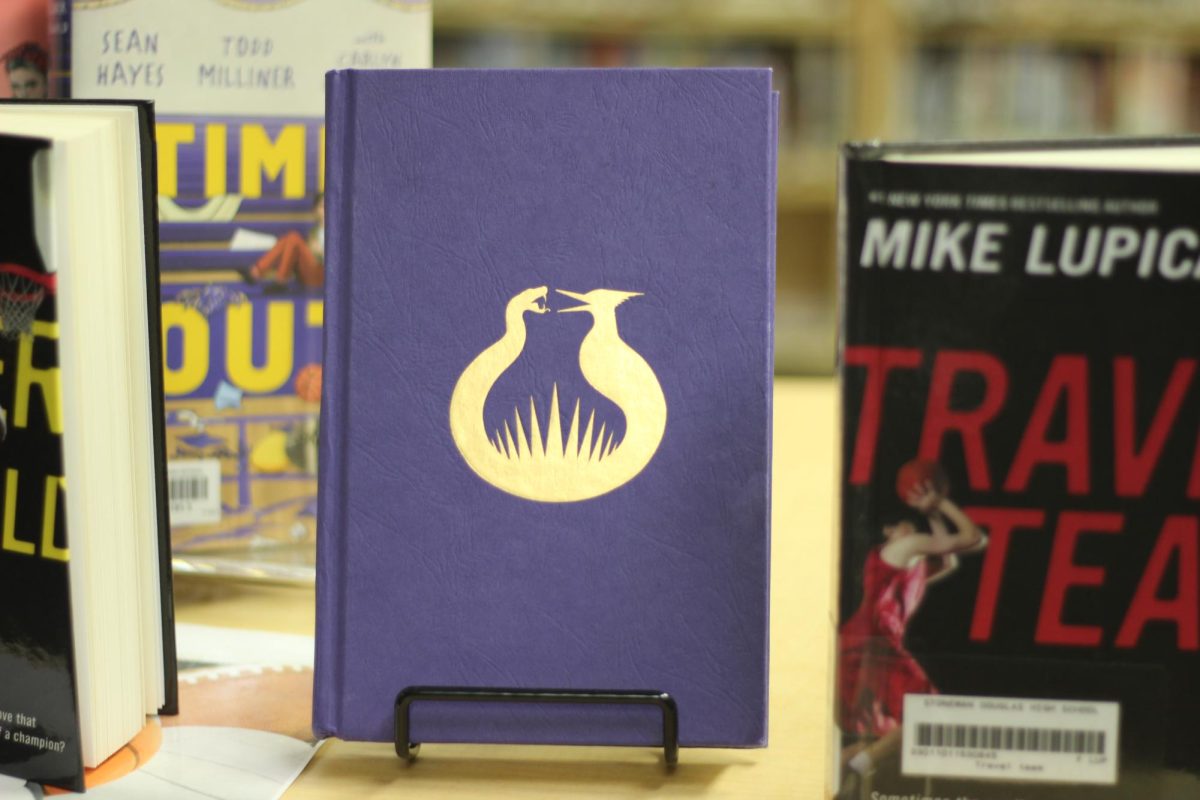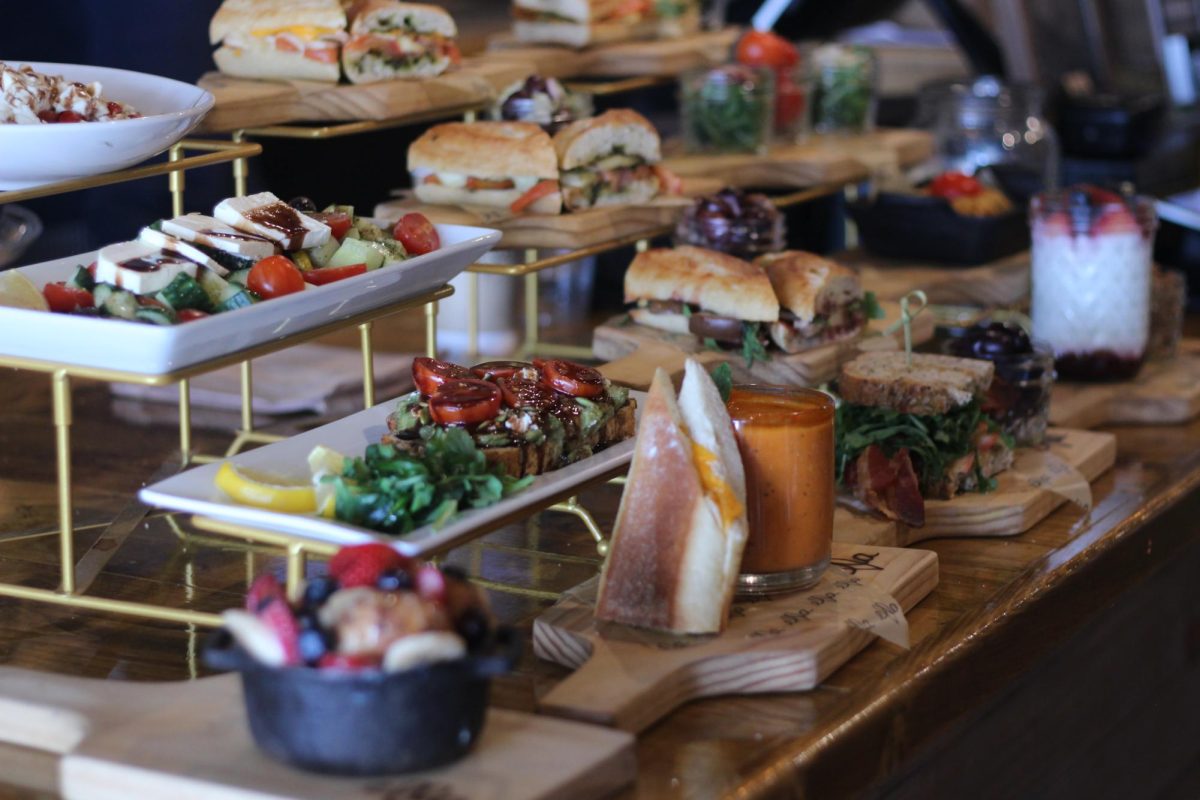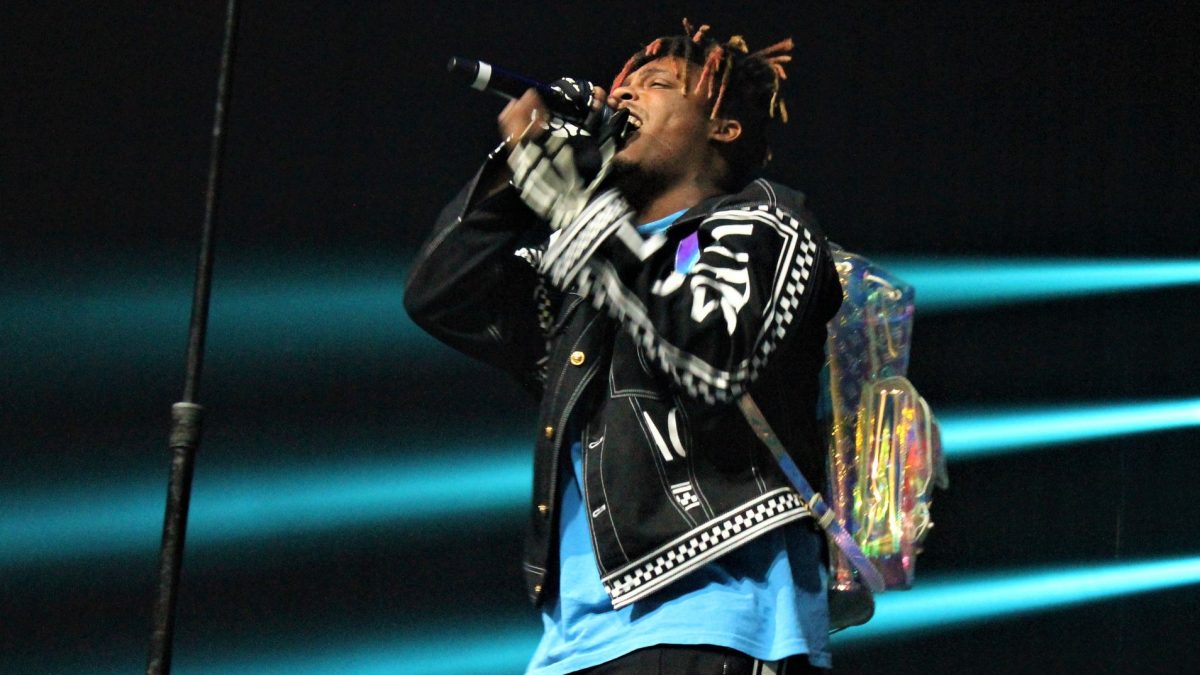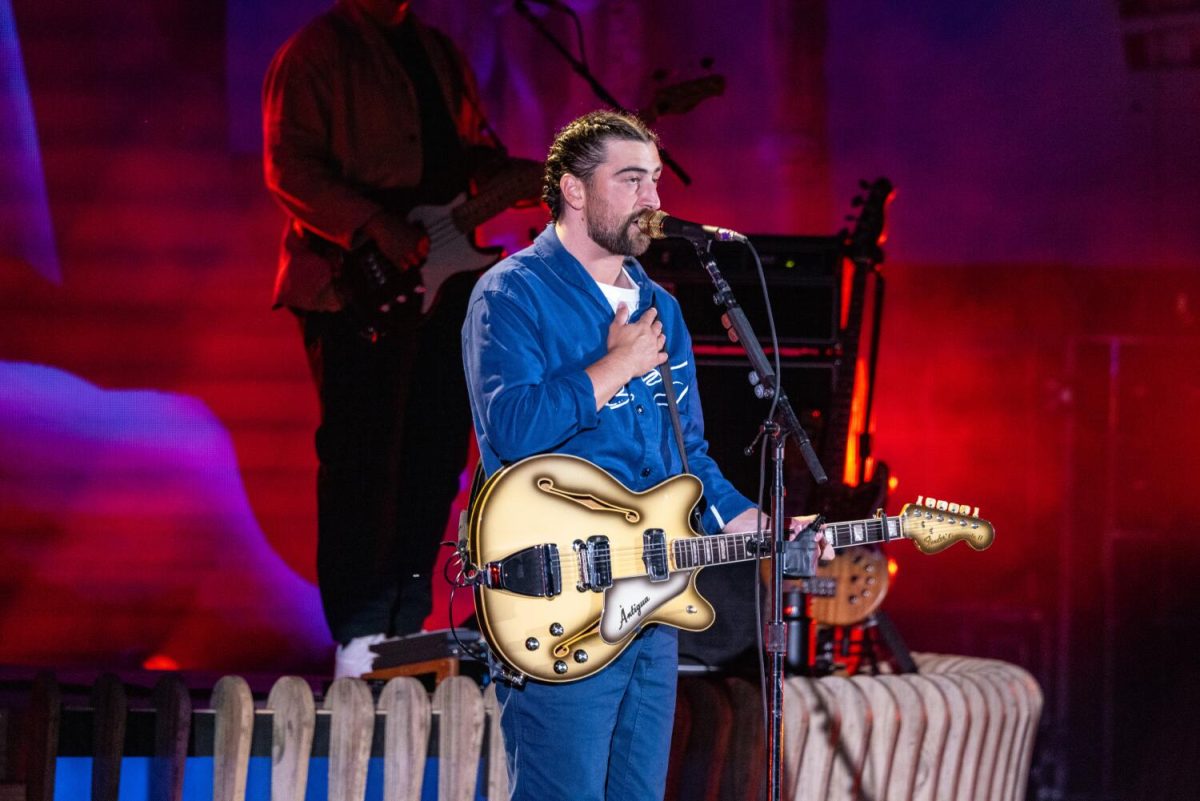
*This story was originally published in the first quarter issue of the Eagle Eye*
Music sampling, the act of borrowing portions of other, typically older songs to be implemented into a new song, has become popularized throughout the modern age of music. Though continuously evolving, sampling can be identified in songs anywhere from rap to alternative.
The history of sampling dates all the way back to the 1960s. In the 1970s and 1980s the technique grew in popularity as electronic music began to take over the industry. Unlike today with high-tech computer software, early music sampling had to be done with a machine called a sampler.
Several artists not only sample music, but also use social media videos, interviews, speeches and everyday sounds. For example, Kanye West’s “Ultralight Beam” includes the sound of a little girl praising in church. Additionally, J. Cole’s “No Role Modelz” samples President George W. Bush’s “Fool Me Once” speech in 2007.
According to whosampled.com, Kanye West, an artist who is known for his wide use of sampling, has over 1,860 samples in his music. Throughout all of his albums, Kanye mixes others’ music and infuses them into his own.
Today artists of many genres have begun to recycle sounds into their own. As of Sept. 25, the number six song on the Billboard Top 100, “Wild Thoughts,” by DJ Khaled, Rihanna and Bryson Tiller samples “Maria Maria,” a song from 1999 by Santana.
Artists of today must endure a lengthy process to legally borrow other artists’ music without the possibility of copyright infringement. According to federal law, artists have to obtain permission to use the sample from the owner of the song. Some of them, like Chance the Rapper and J.Cole, believe that it should not be such a hassle to get the rights cleared as long as the artist is willing to pay.
“If you made the music, and you made the art, and you put it into the world, I should be able to use however I want,” J. Cole said in the song “Note to Self.”
While sampling is viewed positively by many music fans, it also creates controversy in the music industry due to its perceived lack of originality. Depending on who owns the rights to the original song, some look at sampling as a criminal action. One of the most well-known sampling legal battles was filed against Robin Thicke’s “Blurred Lines.”
In 2014, the family of Marvin Gaye, who created “Got to Give It Up” in 1977, filed a lawsuit against Robin Thicke, rapper T.I. and producer Pharrell Williams. T.I. was cleared, but Thicke and Williams were forced to pay $5.3 million and Gaye’s family split the future royalties of the song.
Today’s music leans heavily on the act of sampling. The older influence of music helps artists today create something new within their own music while also honoring the great artists of the past.







![[Review] ‘The Inheritance Games’ series warms readers’ hearts](https://eagleeye.news/wp-content/uploads/2025/01/Screen-Shot-2025-01-08-at-8.37.08-AM.png)

